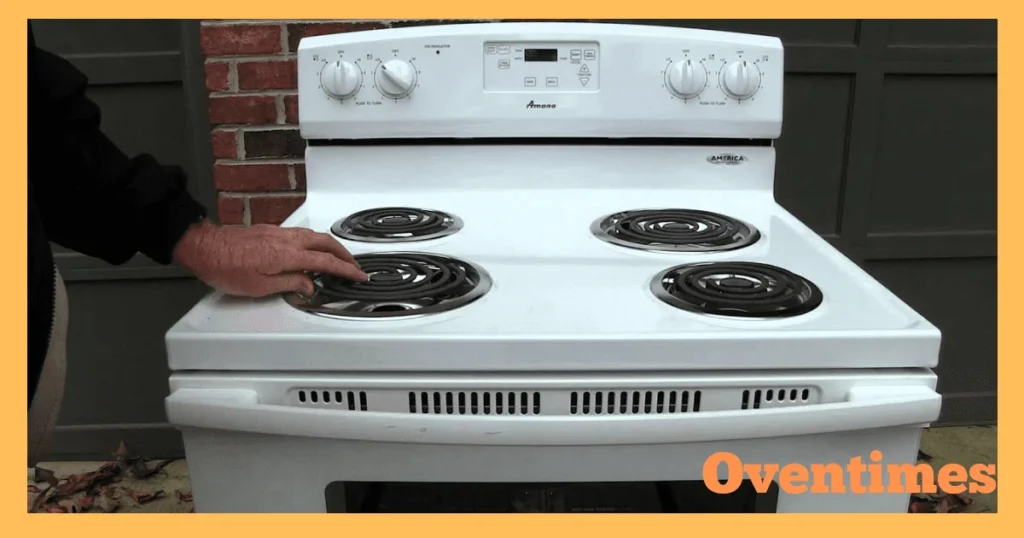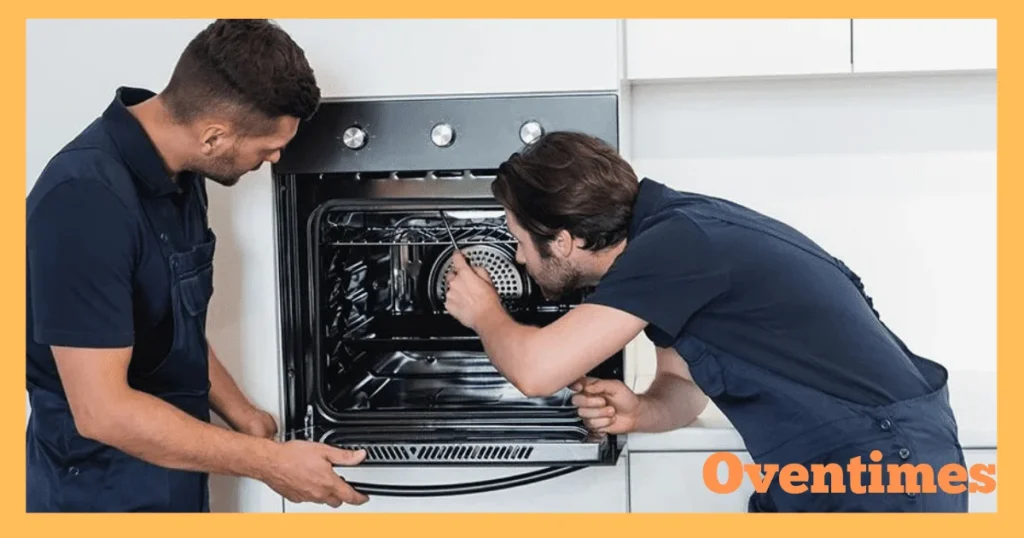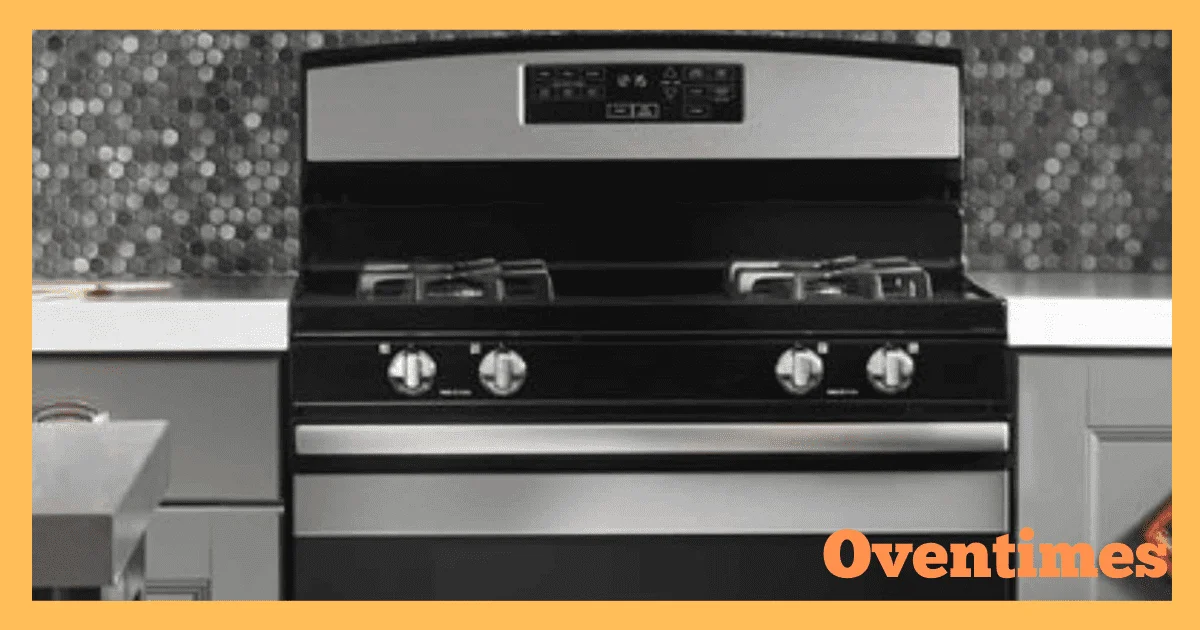Amana is a popular brand of home appliances that is known for its reliable and easy-to-use products. Amana ovens are designed to make cooking convenient while delivering consistent results.
Like most modern ovens, Amana ovens utilize either gas or electric power. Gas ovens use natural gas to generate heat within the oven, while electric ovens use heating elements powered by electricity.
Many Amana oven models have self-cleaning capabilities to help maintain the interior. Amana ovens may also boast convection cooking features that use fans to circulate hot air and speed up cooking.
Understanding how to properly use an Amana oven will help you get the most out of its cooking performance. This guide covers the key steps for operating an Amana oven safely and effectively.
Getting Familiar with an Amana Oven

Before you start cooking, take some time to understand the various parts and functions of your Amana oven. This will help you operate it more easily moving forward.
Oven Controls
Amana ovens have electronic or manual control panels that allow you to activate different settings. On electronic control panels, buttons or touchpad controls are used to access common oven modes like bake, broil, and self-clean.
You may also find options for setting the temperature, oven timer, clock, and other programmed cooking functions.
Manual control ovens have knobs and dials instead of digital controls. These include a thermostat dial for choosing the temperature and a selector knob for choosing the oven function. There are often manual clock and timer dials as well.
Oven Racks
Amana ovens come with removable oven racks to position food at different heights within the oven. Metal or ceramic glides along the oven walls support the racks at various rack heights. Most Amana ovens include at least two racks. The racks have stops so when placed properly on the guides, they will stop before coming completely out of the oven.
Oven Light
A light within the oven compartment helps you monitor cooking progress without constantly opening the door. The oven light typically comes on when the door is opened. On models with electronic displays, there is often a button to manually turn on the light as well.
Oven Door
Amana oven doors are made of tempered glass panels surrounded by a metal frame. The doors are hinged at the bottom and come with a handle at the top. Opening the door completely can allow heat to escape, so try to avoid this while cooking is in progress.
Oven Window
The oven window gives you a view of items cooking without having to open the door. Most Amana models have two oven windows – a smaller inner window and larger outer window. Both are composed of heat-resistant glass. As the oven heats up, it’s normal to see the inner window develop fogging or condensation.
Basic Functions of an Amana Oven
Now that you are more familiar with the components of an Amana oven, let’s go over the basic functions you need to know in order to use it.
Bake
The bake function turns on the oven heat source to elevate the entire oven cavity to your desired cooking temperature. To use it, simply turn the oven mode dial or press the bake button on the control panel.
Then choose your intended temperature using the thermostat or arrows on the display. The heat source will cycle on and off as needed to maintain the set temperature. The bake function is ideal for foods like casseroles and baked goods.
Broil
Broiling uses intense heat from the oven’s upper element to cook food directly under the element. To broil, make sure the oven rack is positioned higher up, about 5-6 inches from the broil element. Set the oven to broil mode, and allow it to preheat for a few minutes.
Place food under the hot element and watch carefully, turning food over halfway through. The concentrated heat of the broil function allows for quick cooking and browning. It’s great for meats, seafood, vegetables, and melted toppings.
Convection Bake
Many Amana ovens have a convection bake setting that utilizes a fan to circulate the hot air while baking. The increased air circulation leads to more even heating and faster cooking times.
When using this function, you can typically reduce oven temperatures 25°F from a standard bake recipe. Make sure not to cover racks fully so that airflow can still circulate. Convection baking is ideal any time you want to speed up standard baking.
Convection Roast
Similar to convection bake, Amana ovens with convection fans also allow for convection roasting. This uses the convection fan to circulate hot air around meat or poultry to evenly brown and seal in juices.
Use convection roast for whole turkeys, roasts, and other large cuts of meat. You can lower the oven 25°F from the recipe temperature, and the fan will cook foods up to 25% faster.
Self-Cleaning
Amana ovens with self-cleaning capabilities use extremely high heat to burn off leftover spills and residue. To use this feature, remove all racks and accessories from the oven cavity. Then engage the self-clean cycle, which may lock the oven door for safety throughout the high-heat cleaning. An average cleaning cycle takes about 3-4 hours to complete. It’s an easy hands-off way to restore your oven interior to a fresh, clean state.
Helpful Tips for Using an Amana Oven
Follow these handy tips and recommendations to help you get the best results when cooking with your Amana oven:
- When baking, preheat the empty oven fully before placing items inside to cook. This brings the oven up to the target temp for optimal results.
- Stagger items on racks to allow proper air circulation. Avoid crowding pots and pans too closely together.
- For convection cooking, lower temperatures 25°F and use recommended times as convection speeds up baking.
- For meats and roasts, use an oven-safe meat thermometer to ensure items reach safe internal temps.
- Broil with the oven door partially open if food starts to burn on top before the interior is done.
- Clean up spills immediately after cooking. Baked-on foods are harder to remove later.
- Change your oven light bulb immediately if it burns out to avoid safety issues reaching into a hot oven to replace it.
Solving Common Amana Oven Issues

Even reliable Amana ovens can run into occasional problems. Here are some common issues and solutions to try if your Amana oven experiences any hiccups:
Oven Won’t Turn On
Possible causes:
- Tripped electrical circuit breaker – Check circuit box and reset breaker if needed
- Loose electrical connection – Have an electrician inspect oven wiring
- Faulty oven control board – Will likely need replacement by technician
Oven Doesn’t Heat Up
Possible causes:
- Faulty heating element – Replace electric heating element or igniter
- Gas not connected – Ensure gas line is secure and turned on
- Malfunctioning thermostat – Will require thermostat replacement
Oven Light Does Not Work
Possible causes:
- Burned-out light bulb – Replace bulb with same type and wattage
- Faulty light socket – May need replacement of socket assembly
- Tripped breaker – Check if oven circuit breaker was inadvertently turned off
Oven Smokes During Broiling
Possible causes:
- Oil buildup on oven interior – Run a self-cleaning cycle to burn off debris
- Food too close to broiler – Use recommended rack height for broiling
- Meat grease dripping onto element – Place foil on lower rack to catch grease drips
Oven Door Won’t Open
Possible causes:
- Engaged oven lock – Electronic models lock door during self-clean. Allow to fully cool.
- Malfunctioning latch – Latch or strike may be bent and in need of replacement.
- Stuck hinge – May need lubrication or replacement if hinge damaged
If none of these tips solve your issue, get in touch with an authorized Amana technician for service. Do not attempt to repair an oven yourself as it poses safety risks.
Conclusion
Amana has long provided reliable and easy-to-use appliances to American households, and their ovens are no exception.
With a sturdy build and convenient features like self-cleaning, convection modes, and precise digital controls, Amana ovens make it simple to achieve delicious results in the kitchen.
Of course, understanding how to properly operate the various functions of your Amana oven model is key. Take time to get acquainted with the oven and review the owner’s manual.
Whether baking, broiling, roasting, or simply keeping your oven interior clean, following usage and care best practices will ensure you get the most value from your Amana range. Pay attention to solve minor issues promptly before they become larger problems.
With its reputation for quality and performance, an Amana oven may serve your family’s cooking needs reliably for years to come when properly maintained.
So go create those home-cooked meals and baked treats you love with confidence. Your Amana oven has the features and durability to help you consistently deliver delicious results with every use.
Frequently Asked Questions
Here are some frequently asked questions given below:
What temperature should I bake at in an Amana oven?
Most standard bake recipes are designed for baking between 325°F and 375°F in a conventional oven. Refer to your recipe, but this range works well for everything from cookies to casseroles. For convection baking, reduce the temperature by 25°F.
How long do Amana ovens typically last?
With proper care and maintenance, the average lifespan of an Amana oven is 15-20 years. Higher-end models may last over 20 years if well maintained. Factors that affect lifespan include usage frequency, self-cleaning habits, and general wear and tear. Avoiding impacts from dropped items also helps extend the oven’s longevity.
Why does my Amana oven smoke when broiling?
Broiling produces smoke and odor due to grease drippings burning on the hot electric coil. This is common, but make sure your racks are properly positioned so food isn’t too close to the broiler. Covering the lower oven rack with foil helps catch grease and minimizes smoke. Also replace foil if significant grease has accumulated to prevent flare ups.
Why does my oven make clicking noises?
The clicking sound when using an Amana oven is likely the relays and solenoids engaging and disengaging as the heating elements cycle on and off thermostatically. This is normal for gas and electric ovens and indicates proper automatic temperature regulation. If clicks are excessive, the control board may need replacement.
How do I clean my Amana oven interior?
For light soil, wipe with a soft cloth and warm water mixed with a mild detergent. For heavier grime, use an oven cleaner specifically formulated for high-heat oven interiors. Follow product directions carefully. For deeper cleaning, use the self-clean cycle on ovens so equipped to burn off stubborn spills and deposits. Remove all racks first and wipe out loose debris. Run the self-clean cycle for 2-3 hours until soil is reduced to ash.
